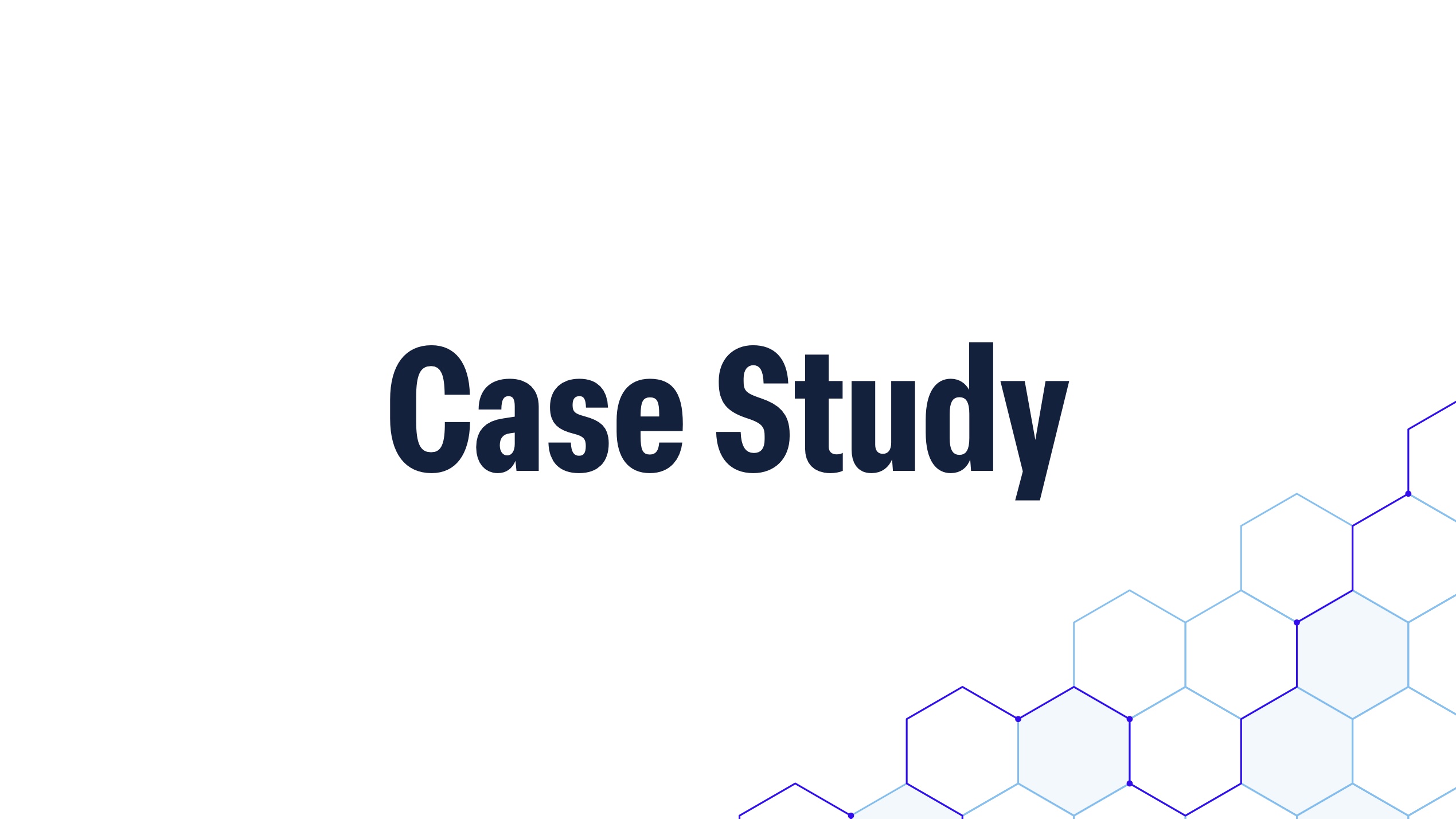Author: Dimitris Agrafiotis, Corporate Advisor to Intelligencia AI
When people ask me what I do, I sometimes struggle to give a concise answer. I believe I can credibly call myself a scientist, an engineer, a business leader and, as of late, an investor, but in reality, I’m more than the sum of these parts. My journey has been one of intersections – where life sciences, data science, and software engineering meet. I’ve always been drawn to the interconnectedness and synergies between all these disciplines, and this is where I believe the most exciting and meaningful work happens.
I’ve spent decades navigating these dynamic intersections. From biotech startups to big pharma and from contract research organizations (CROs) to the world of investment, I was fortunate enough to be repeatedly given the opportunity to build things from the ground up – platforms, teams, and strategies – that helped solve real problems. I’ve led large computational and digital teams at Johnson & Johnson, Novartis, and Pfizer, and I’ve built technology platforms and systems used by thousands of scientists worldwide. At Arsenal Capital Partners, I help shape the digital, data, and artificial intelligence (AI) strategies across our healthcare portfolio.
With Intelligencia AI, I serve as a corporate advisor, sharing my industry knowledge, shaping the company’s strategy, fostering meaningful relationships in the life sciences ecosystem, and giving back to a company that is close to my heart, with its R&D hub in Athens, Greece – my hometown.
But no matter the company or title or job description, one thing hasn’t changed: my propensity for innovation and my desire to handle any task, big or small, to the best of my abilities. Partly driven by an innate perfectionism and partly by a desire to live up to expectations that over the years I have come to fully internalize and own – the net result is the same.
Everything in Moderation
But the truth is that innovation and technical excellence alone are not enough to create lasting value. In this age of AI, particularly in pharma, clarity matters more than ever. AI is surrounded by a deafening amount of noise. We’re at the peak of the hype cycle with many decisions being driven by fear of missing out more than a grounded understanding of what AI can do and how it can best be deployed. I’ve seen far too many “hammers looking for nails” – grandiose initiatives involving costly and time-consuming infrastructure investments, without clear use cases or defensible ROIs.
There’s a famous maxim inscribed on the Temple of Apollo in Delphi: “Μηδὲν ἄγαν,” meaning “nothing in excess.” If you’re a pharma leader contemplating how to leverage AI across your organization, my advice is simple: don’t overdo it. Start with the problem and work your way backwards. Ask yourself: what is the specific problem we are trying to solve, and what are the technologies and/or approaches that can solve it in the most effective and efficient way? Don’t build shiny tools and then go looking for potential applications to justify the investment. Instead, identify the inefficiencies or bottlenecks that truly matter and then decide whether AI is the right solution. In some cases, it will be, in others it might not – and that’s perfectly fine. Never do things just for the optics or to keep up with the Joneses.
There is also a common misconception today that AI is all about large language models (LLMs). While LLMs have sparked a lot of excitement for good reasons, they represent just one form of AI – or machine learning (ML) to be more exact, because that’s still the phase of AI we are in, not the era of sentient machines. ML has been around for decades and has already proven its value in a wide range of applications across the entire pharma value chain, from research to development to commercialization.
Personally, I believe the greatest impact of AI will be in driving operational improvements across the value chain rather than reinventing drug discovery as we know it. There’s no question that AlphaFold was a major scientific breakthrough, and that generative chemistry and biology hold great promise for accelerating the discovery and development of new therapies. But in my view, the idea that AI will suddenly solve all the problems in drug discovery is overly optimistic, if not downright naive. If you believe that, you’re likely hallucinating more than the LLM you’ve been using. Powerful as it may be, AI is just another tool in our R&D armamentarium, not the answer to all of life’s questions. But we shouldn’t underestimate it either. I think Amara’s law is a good guide here; we tend to overestimate the impact of new technologies in the short term and underestimate them in the long term.
Building Effective AI Solutions
Building effective AI-based solutions requires several factors to come together.
First, talent. For pharma R&D applications, AI/ML expertise alone is not enough. You need people who combine technical skills in computer science and AI with deep domain expertise in life sciences and drug development – chemistry, biology, medical science, operations research. That’s a rare breed, and the incentives in healthcare generally do not compete with those in the technology sector, further limiting the availability of such talent.
Second, high-quality data. The familiar adage “garbage in, garbage out” is as true for AI as it is for anything else. Without high-quality, well-curated, fit-for-purpose data, you’re building castles on sand. Data quality is one of the main reasons why I decided to become an advisor to Intelligencia AI: the data the company uses to train its models is highly structured and expertly curated and cleaned to enable accurate prediction of the probability of technical and regulatory success (PTRS) in drug development. PTRS is a linchpin that influences a multitude of key decisions in biopharma – and it’s one the industry has historically not placed enough data-driven rigor on.
Third, robust, defensible models. It requires rigorous validation and transparency to ensure that the models are reliable and reproducible. This isn’t a place for shortcuts, and I have seen too many “snake oil salesmen” selling solutions that would not pass scientific muster by appealing to decision makers who lack the technical background to properly evaluate them. There’s a mystical nature in today’s AI; it’s very hard for a non-expert to understand, but very easy to believe in. This is again an area where Intelligencia AI excels. They do painstaking, high-quality work that their clients can trust and rely on.
Fourth, regulatory, ethical, and legal compliance. In addition to their statistical rigor, models must also be transparent, attributable, unbiased, safe, secure, accountable, and privacy-preserving. Ideally, they should be interpretable and explainable too, but the scale and complexity of today’s deep learning models make this all but impossible to achieve. Still, questions around intellectual property, ownership, accountability, and ethical use abound, and they will only intensify in the future, as models become more data-hungry, more complex, and more ubiquitous. I believe we’re on the cusp of some unpleasant surprises and disruptions in this area, the impact of which is hard to predict.
And last but certainly not least, operationalization. How do you take data and AI models and put them into the hands of everyday users – scientists, clinicians, business leaders – so they can make better decisions? How do you democratize them and embed them in routine operational workflows to maximize their impact? It’s not just about algorithms; it’s also about access, adoption, and usability.
Build, Buy or Partner?
Another question that comes up in the context of developing AI expertise is whether it should be built in-house or accessed externally, either by acquisition or by partnering. This question has long been solved: today, pharma R&D represents a sprawling ecosystem spanning venture-funded biotech, pharma, academia, government, non-profits, and a myriad of specialized service providers. The days when pharma companies had all the requisite capabilities and expertise inside their own walls are long gone, and AI is no exception.
Thankfully, pharmaceutical companies have become very sophisticated in sourcing innovation from all kinds of sources, and in structuring win-win partnerships that balance incentives and risk. The success of your partners is critical to your own success, and you want to ensure that they are healthy, stable, and deeply invested, so they can serve you better. That said, pharma companies cannot reduce themselves to being procurement organizations either. They need to have enough resident expertise to know what to buy and how to put it to good use, and to innovate themselves in areas that can create a competitive advantage. Again, everything in moderation.
The Known Unknowns
I’m often asked if there’s a secret recipe for success in biopharma. The answer is no; there are only known recipes for failure. Unlike computer programming, where a carefully constructed and fully debugged algorithm is guaranteed to yield the expected result as long as electrons obey the laws of physics, in life sciences we can only control 10% of the variables; biology controls the rest. You can conduct the best science in the world, but your molecules can still fail for myriad reasons. You cannot fully debug biology.
At a high level, I have found that the following factors can significantly improve the odds of success:
- Staying focused on your vision, mission, and strategy, and giving it enough time to prove if it’s working. You cannot chase every fad and shiny object that comes your way, as they can dilute your resources and take you wildly off course. You have to prioritize and eliminate distractions.
- Hiring and nurturing great talent. You need smart, competent people with complementary strengths and diverse perspectives.
Creating an uplifting culture of trust and teamwork. You need to create a working environment where people bring out the best in themselves and in each other, and take pride and joy in each other’s success.
Staying Practical
I have one last piece of advice to the reader, assuming you’ve had the interest and energy to read this far. Stay practical and don’t get lost in semantics. As the great computer scientist, Edsger Dijkstra, once said: “The question of whether a computer can think is no more interesting than the question of whether a submarine can swim.” Take this from a person who was born and raised a stone’s throw from Plato’s Academy.
About Dimitris Agrafiotis
Dimitris Agrafiotis, PhD, FRSC, is a Director at Arsenal Capital Partners, where he is responsible for shaping the digital, data, and AI strategy for its healthcare franchise. Dr. Agrafiotis’ expertise lies at the intersection of digital technology, computational and data science, and life sciences and spans the entire R&D continuum across venture-funded biotech, big pharma, and the services industry. Prior to Arsenal, Dr. Agrafiotis served as Chief Digital Officer for Generate Biomedicines, Vice President of Digital for Pfizer, Chief Information Officer for the Novartis Institutes for Biomedical Research, Chief Data Officer and Head of Technology Products for Covance/LabCorp, and Vice President of Informatics and IT for Johnson & Johnson (J&J). Prior to J&J, he spent ten years at biotech startup 3-Dimensional Pharmaceuticals, from its founding to its IPO and eventual acquisition by J&J, and three years at Parke-Davis where he started his professional career as a Senior Scientist in the Computer-Aided Drug Design group. Dr. Agrafiotis received his PhD in theoretical chemistry from Imperial College London and held postdoctoral fellowships at the University of California at Berkeley and Harvard University, where he worked with Nobel laureate EJ Corey. His work is documented in more than 100 peer-reviewed publications and book chapters and 18 issued US patents. In 2012 he was elected Fellow of the Royal Society of Chemistry for his contributions to chemical and pharmaceutical research, and in 2016 he was named in Computerworld’s Premier 100 Technology Leaders for his technology leadership and innovative approaches to business challenges.



